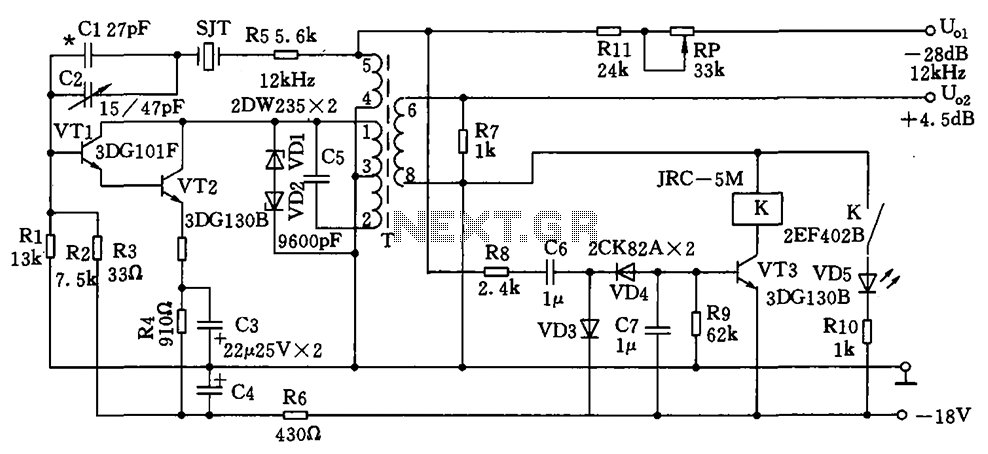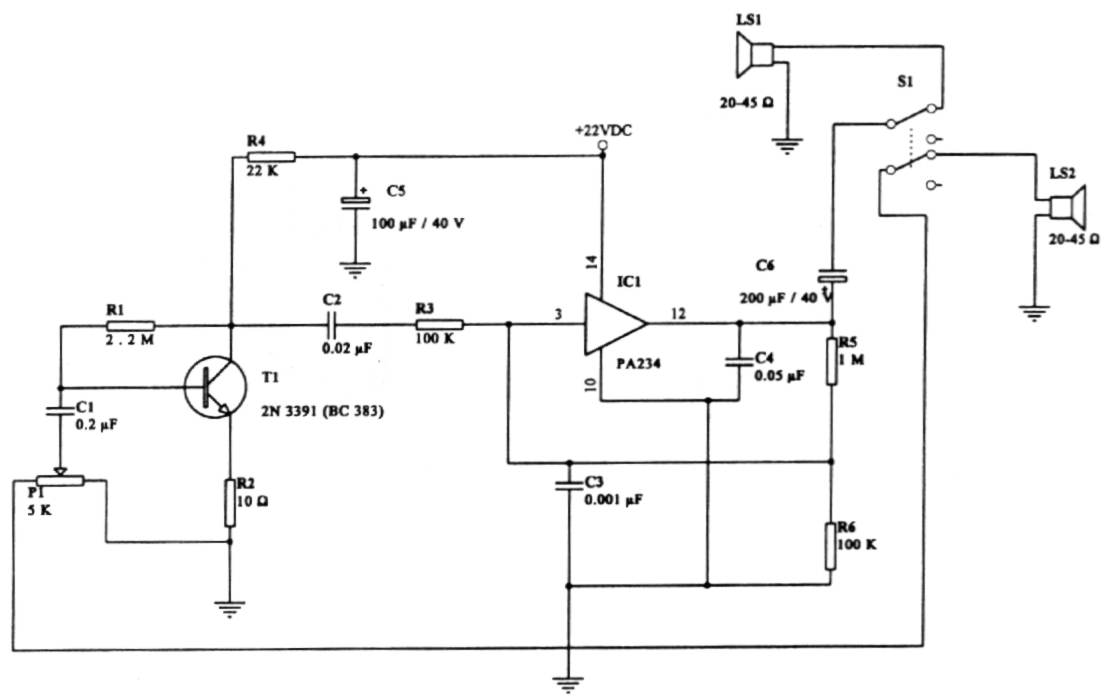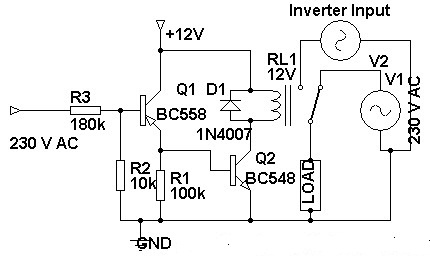
Short Tester For 120V Equipment Circuit

This circuit is designed to prevent further damage to old equipment that may be in unknown condition, particularly to devices that are already shorted.
The circuit functions as a protective measure for vintage or malfunctioning electronic devices. It is particularly useful for equipment that has not been tested or assessed for faults, as it helps to mitigate the risk of causing additional damage during troubleshooting or repair efforts.
At its core, the circuit may incorporate a current-limiting resistor, a fuse, or a resettable polyfuse to safeguard the device from excessive current flow. The use of a diode can also be beneficial, as it allows current to flow in one direction while blocking reverse polarity, which can be a common issue with older devices.
In practical applications, the circuit can be connected in series with the power supply of the equipment. When powered on, the circuit will monitor the current flowing to the device. If the current exceeds a predetermined threshold—indicating a potential short circuit or fault—the protective elements will activate, either cutting off power or limiting the current to prevent further damage.
This approach not only protects the device but also allows for safe diagnostics and repairs. Users can confidently test and work on old equipment without the fear of exacerbating existing issues. Do you deal with old equipment in unknown condition If so, this little circuit could keep you from causing further harm to already shorted devices.
The circuit functions as a protective measure for vintage or malfunctioning electronic devices. It is particularly useful for equipment that has not been tested or assessed for faults, as it helps to mitigate the risk of causing additional damage during troubleshooting or repair efforts.
At its core, the circuit may incorporate a current-limiting resistor, a fuse, or a resettable polyfuse to safeguard the device from excessive current flow. The use of a diode can also be beneficial, as it allows current to flow in one direction while blocking reverse polarity, which can be a common issue with older devices.
In practical applications, the circuit can be connected in series with the power supply of the equipment. When powered on, the circuit will monitor the current flowing to the device. If the current exceeds a predetermined threshold—indicating a potential short circuit or fault—the protective elements will activate, either cutting off power or limiting the current to prevent further damage.
This approach not only protects the device but also allows for safe diagnostics and repairs. Users can confidently test and work on old equipment without the fear of exacerbating existing issues. Do you deal with old equipment in unknown condition If so, this little circuit could keep you from causing further harm to already shorted devices.





